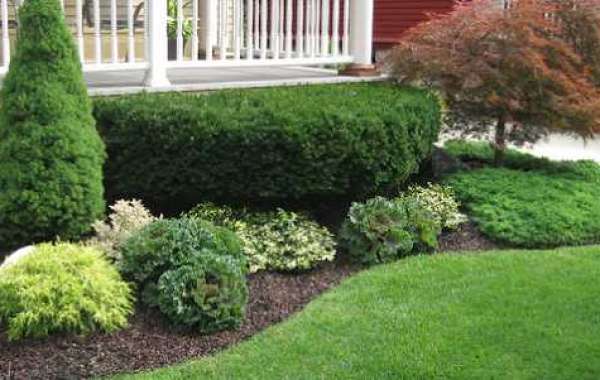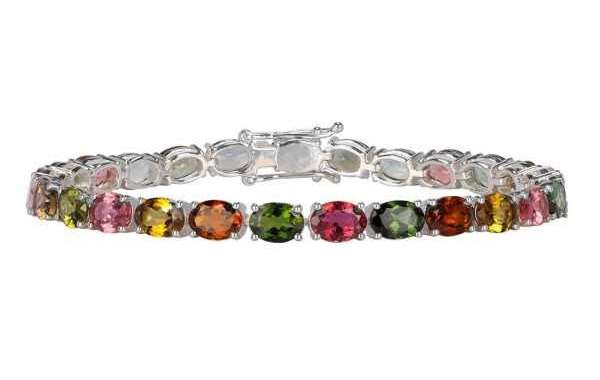Your garden is a canvas waiting to be adorned with beauty and creativity. By incorporating a lawn edging border, you have the power to transform your garden into a captivating haven. With the right materials, design, and maintenance, your garden will exude elegance, charm, and personality. In this article, we will explore the enchanting world of lawn edge borders and discover how they can unleash the full potential of your garden.
Defining the Purpose of a Lawn Edge Border
Lawn edging borders are a practical and aesthetic element used in gardening to create clear boundaries and separation between different areas within a garden. They are typically installed along the edges of lawns, flower beds, pathways, or any other areas where you want to define and highlight specific garden features.
The primary purpose of lawn edging borders is to provide structure and organization to your outdoor space. By establishing distinct borders, you can prevent the spreading of grass and plants into unwanted areas, such as your pathways or flower beds. This helps to maintain a neat and well-maintained appearance for your garden.
What is rubber garden edging?
Rubber garden edging refers to a type of edging material made from rubber or recycled rubber materials. It is designed to create borders and define the edges of gardens, flower beds, pathways, or other landscaping areas. Rubber garden edging is known for its flexibility, durability, and ability to withstand harsh weather conditions. It provides a soft and safe barrier, preventing the spread of grass, weeds, or mulch while adding a neat and finished look to the garden. Additionally, rubber garden edging is often eco-friendly as it is made from recycled materials, making it a sustainable choice for gardeners.
How are rubber garden edgings better than other lawn edge borders?
Use of Recycled Materials:
Rubber garden edgings are often made from recycled rubber, such as recycled tires. By utilizing these recycled materials, they help reduce waste and minimize the environmental impact associated with traditional disposal methods for rubber products. By opting for recycled rubber, you are diverting rubber waste from landfills and reducing the need for new raw materials, which can involve energy-intensive manufacturing processes.
Chemical-Free:
Unlike some other materials like treated wood or metal, rubber garden edgings are typically chemical-free. They do not require treatments or coatings that may leach harmful substances into the surrounding soil, making them safer for plants, animals, and the overall ecosystem. They are non-toxic and safe for both residents and pets. They do not release harmful chemicals into the air or soil, ensuring a healthier environment for everyone in the vicinity of the garden.
Water Permeability:
Rubber garden edgings are often designed with perforations or gaps that allow water to permeate the soil. This promotes proper drainage and prevents water accumulation, reducing the risk of waterlogging, which can be detrimental to plant health and the surrounding environment.
Soft and Safe:
Rubber garden edgings provide a softer and more cushioned barrier compared to harder materials like stone or metal. This can reduce the risk of injuries in case of accidental falls or collisions, making them a safer option, especially in areas where children play.
Longevity:
Rubber garden edgings are durable and long-lasting. Their longevity means they do not require frequent replacement, reducing waste generation and the need for additional resources over time. It is resistant to cracking, fading, and damage caused by extreme weather conditions, making it a reliable choice for long-term use in outdoor environments.
Lawn borders are essential for garden owners because they provide practical benefits by preventing the encroachment of grass and plants while enhancing the aesthetics of the garden. They create boundaries, highlight focal points, and contribute to the overall design and organization of your outdoor sanctuary. By incorporating lawn edging borders, you can transform your garden into a well-defined, visually captivating, and harmonious masterpiece.










